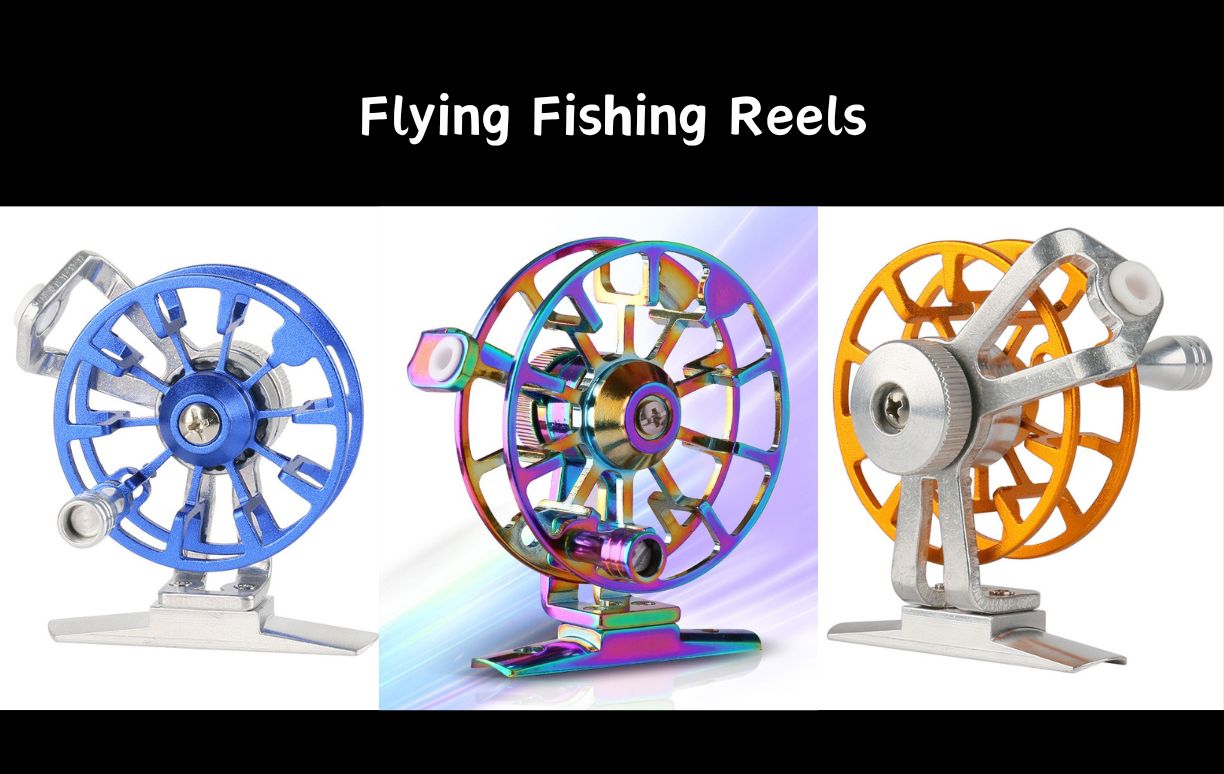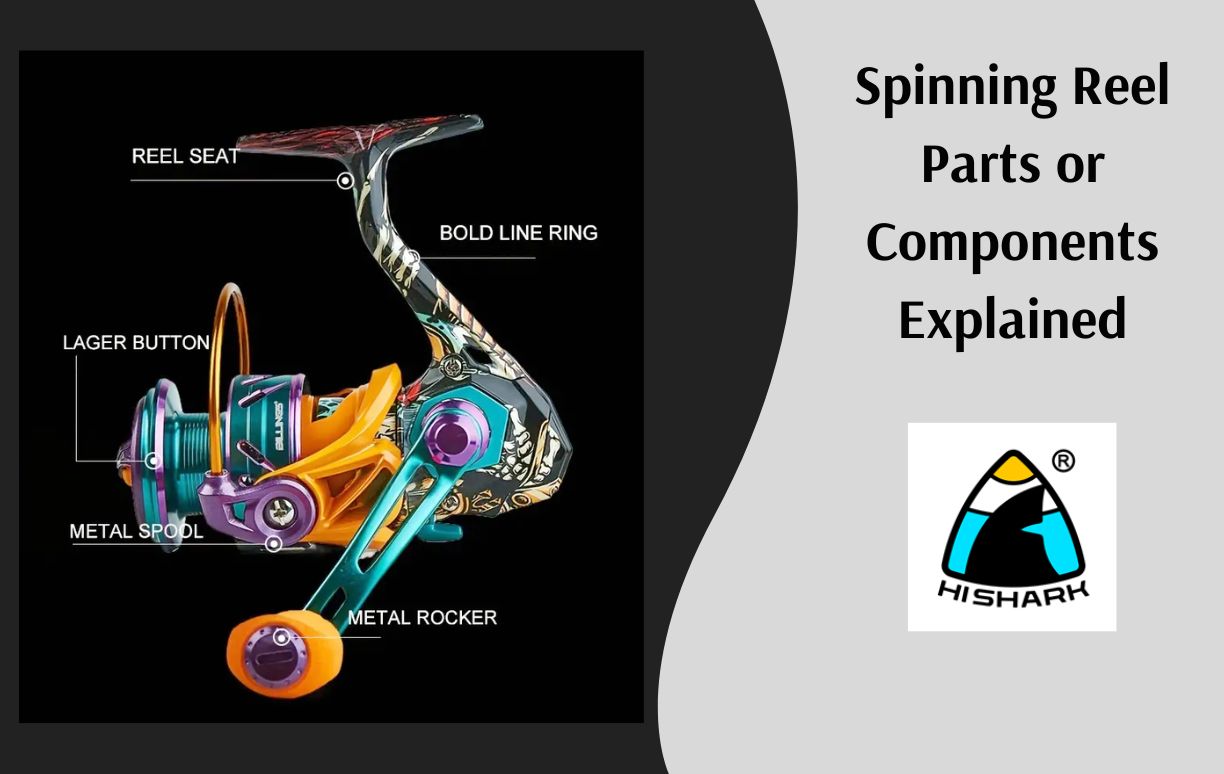
What is a flying fishing reel?
Fly fishing reels are essential for fly fishing enthusiasts, providing balance and control during fishing. These fishing reels are lightweight, allowing for precise casting and easy handling. Designed specifically for fly fishing, they help manage the fly line, offering smooth retrieval and release.
High-quality fly reels often feature adjustable drag systems, ensuring optimal performance when battling fish. Their construction materials, typically aluminum or composite, offer durability and resistance to corrosion. The arbor size of these reels varies, affecting line retrieval speed and capacity. Large arbor reels offer faster line retrieval, while standard arbors provide more line capacity.
Properly matched with the fly rod, these reels enhance casting accuracy and distance. Maintenance is straightforward, involving regular cleaning and lubrication to ensure longevity. Fly reels are available in various designs, catering to different fishing environments, from freshwater streams to saltwater flats. Selecting the right reel involves considering the target species, fishing conditions, and personal preferences.
Investing in a quality fly reel enhances the overall fishing experience, making each cast more enjoyable and effective. Whether you are a beginner or an experienced angler, the right fly fishing reel can make a significant difference in your success on the water.
- Introduction
- The Basics of Fly Fishing Reels
- Components of Fly Fishing Reels
- Types of Fly Reels
- How Fly Fishing Reels Work
- Importance of the Drag System
- Selecting the Right Fly Fishing Reel
- Maintenance of Fly Fishing Reels
- Innovations in Fly Fishing Reels
- Fly Fishing Reels vs. Other Fishing Reels
- Fly Fishing Reels for Different Conditions
- Customizing Your Fly Reel
- Fly Fishing Reel Techniques
- Conclusion
Introduction
Fly fishing is an elegant and rewarding form of angling that requires specific gear, with the fly fishing reel being a crucial component. This post will delve into what fly reels are, their types, how they work, and why they are essential for successful fly fishing.
The Basics of Fly Fishing Reels
Fly fishing reels are devices used to store and manage fly fishing lines. Attached to the fly rod, they play a significant role in casting, controlling, and retrieving the line.
Components of Fly Fishing Reels
Frame: The main body of the reel, usually made from strong materials like aluminum or graphite.
Spool: The part that holds the fly line and backing, often removable for easy line changes.
Drag System: Regulates the resistance a fish feels when it pulls on the line.
Handle: Used to wind the line back onto the spool.
Reel Foot: Connects the reel to the rod, ensuring a secure fit.
Types of Fly Reels
Single Action Reels: The most common fishing reel type, offering a 1:1 retrieve ratio.
Multiplying Reels: Feature a higher gear ratio for faster line retrieval.
Automatic Reels: Utilize a spring mechanism for automatic line retrieval, though less common today.
How Fly Fishing Reels Work
Fly fishing reels serve two main functions: storing the line and assisting in the retrieval of fish. When casting, the angler pulls line from the reel and uses the rod to cast the fly. Once a fish is hooked, the reel’s drag system manages the fish’s resistance, and the angler uses the handle to reel the line back in.
Importance of the Drag System
The drag system is crucial for managing the line’s tension during a fish fight. There are two main types:
Click and Pawl Drag: Simple, durable, and effective for smaller fish.
Disc Drag: Provides more precise control and is suitable for larger, stronger fish.
Selecting the Right Fly Fishing Reel
Choosing the right fly fishing reel involves several considerations:
Target Species: Different fish require different drag strengths.
Rod Weight: The reel should match the rod’s weight to ensure balance.
Fishing Environment: Saltwater requires corrosion-resistant materials.
Maintenance of Fly Fishing Reels
Proper maintenance can prolong the life of your fly fishing reel. Key steps include:
- Regular Cleaning: Rinse with fresh water after use, especially in saltwater environments.
- Lubrication: Keep moving parts lubricated for smooth operation.
- Proper Storage: Store in a dry place to prevent rust and corrosion.
Innovations in Fly Fishing Reels
Modern advancements have led to several innovations in fly fishing reels:
Sealed Drag Systems: Protect the drag mechanism from water and debris.
Lightweight Materials: Reduce fatigue and improve balance.
Large Arbor Design: Enhances line retrieval speed and reduces line memory.
Fly Fishing Reels vs. Other Fishing Reels
Investing in a quality fly reel offers several benefits:
Smooth Operation: Ensures smooth line retrieval and drag function.
Durability: High-quality materials withstand harsh conditions.
Precision: Better control over line tension and retrieval.
Fly Fishing Reels for Different Conditions
Different fishing environments require different reel characteristics:
Freshwater Reels: Lighter and simpler drag systems.
Saltwater Reels: Corrosion-resistant with stronger drag systems.
Spey Reels: Designed for two-handed rods and larger fish.
Customizing Your Fly Reel
Customization options for fly fishing reels include:
Interchangeable Spools: For different lines and conditions.
Adjustable Drag Settings: For fine-tuning resistance.
Personalized Aesthetics: Colors and engravings.
Fly Fishing Reel Techniques
Mastering fly fishing reel techniques can enhance your angling success:
Line Management: Properly managing line slack and tension.
Drag Adjustment: Adjusting drag settings based on fish behavior.
Reeling Methods: Efficiently reeling in line while maintaining control.
Conclusion
Fly reels are indispensable tools for any fly fishing enthusiast. Understanding their components, types, and functions can greatly enhance your fly fishing experience. Whether you’re targeting small freshwater trout or battling powerful saltwater fish, the right fly reel makes all the difference. Choose wisely, maintain your gear, and enjoy the rewarding art of fly fishing.
Lastly take a look at this useful article about how to use a baitcaster for your reference.


















